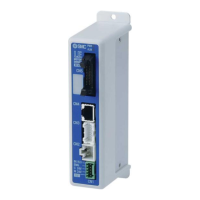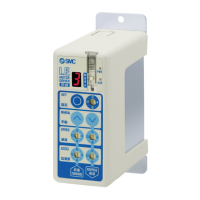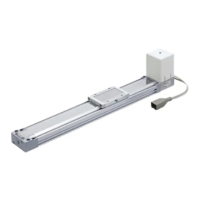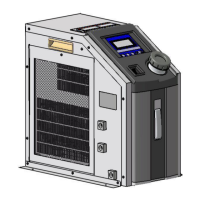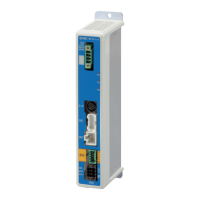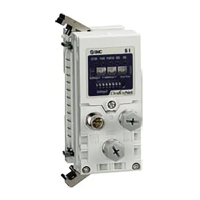18.EtherCAT COMMUNICATION
To specify the home position return type in the homing mode (hm), use Homing Method (6098h). The driver
supports Homing method in the following table.
Home position return
type
Dog type
(Rear end detection
Z-phase reference)/
torque limit changing
dog type
(Front end detection
Z-phase reference)
Deceleration starts at the front end of the proximity dog. After the
rear end is passed, the position specified by the first Z-phase
signal, or the position of the first Z-phase signal shifted by the
specified home position shift distance is used as the home
position.
In the indexer method, deceleration starts at the front end of the
proximity dog, and then the first Z-phase signal at which a
deceleration to a stop is possible or the position of the Z-phase
signal shifted by the specified home position shift distance is
used as the home position. The torque limit values in Positive
torque limit value (60E0h) and Negative torque limit value
(60E1h) are enabled during execution of home position return,
and the torque limit value in Torque limit value2 (2D6Bh) is
enabled when the home position return is stopped.
Data set type home
position return/
torque limit changing
data set type
The current position is set as the home position.
In the indexer method, the current position is set as the home
position. The torque limit value becomes 0 when switched to the
homing mode (hm).
Stopper type
(Stopper position
reference)
A workpiece is pressed against a mechanical stopper, and the
position where it is stopped is set as the home position.
Count type
(Front end detection
Z-phase reference)
At the front end of the proximity dog, deceleration starts. After the
front end is passed, the position specified by the first Z-phase
signal after the set distance or the position of the Z-phase signal
shifted by the set home position shift distance is set as a home
position.
Dog type
(Rear end detection
rear end reference)
Deceleration starts from the front end of the proximity dog. After
the rear end is passed, the position is shifted by the travel
distance after proximity dog and the home position shift distance.
The position after the shifts is set as the home position.
Count type
(Front end detection
front end reference)
Deceleration starts from the front end of the proximity dog. The
position is shifted by the travel distance after proximity dog and
the home position shift distance. The position after the shifts is
set as the home position.
A position, which is specified by the first Z-phase signal after the
front end of the proximity dog is detected, is set as the home
position.
Dog type last Z-phase
reference
After the front end of the proximity dog is detected, the position is
shifted away from the proximity dog in the reverse direction.
Then, the position specified by the first Z-phase signal or the
position of the first Z-phase signal shifted by the home position
shift distance is used as the home position.
Dog type front end
reference
Starting from the front end of the proximity dog, the position is
shifted by the travel distance after proximity dog and the home
position shift distance. The position after the shifts is set as the
home position.
Dogless Z-phase
reference
The position specified by the first Z-phase signal, or the position
of the first Z-phase signal shifted by the home position shift
distance is used as the home position.
No homing method
assigned
Home position return cannot be performed. Starting home
position return causes "Homing error".
Homing on positive
home switch and index
pulse
Same as the dog type last Z-phase reference home position
return. Note that if the stroke end is detected during home
position return, [AL. 90 Home position return incomplete warning]
occurs.
Homing on positive
home switch and index
pulse
Same as the dog cradle type home position return.
Note that if the stroke end is detected during home position
return, [AL. 90 Home position return incomplete warning] occurs.
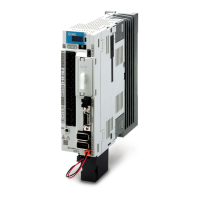
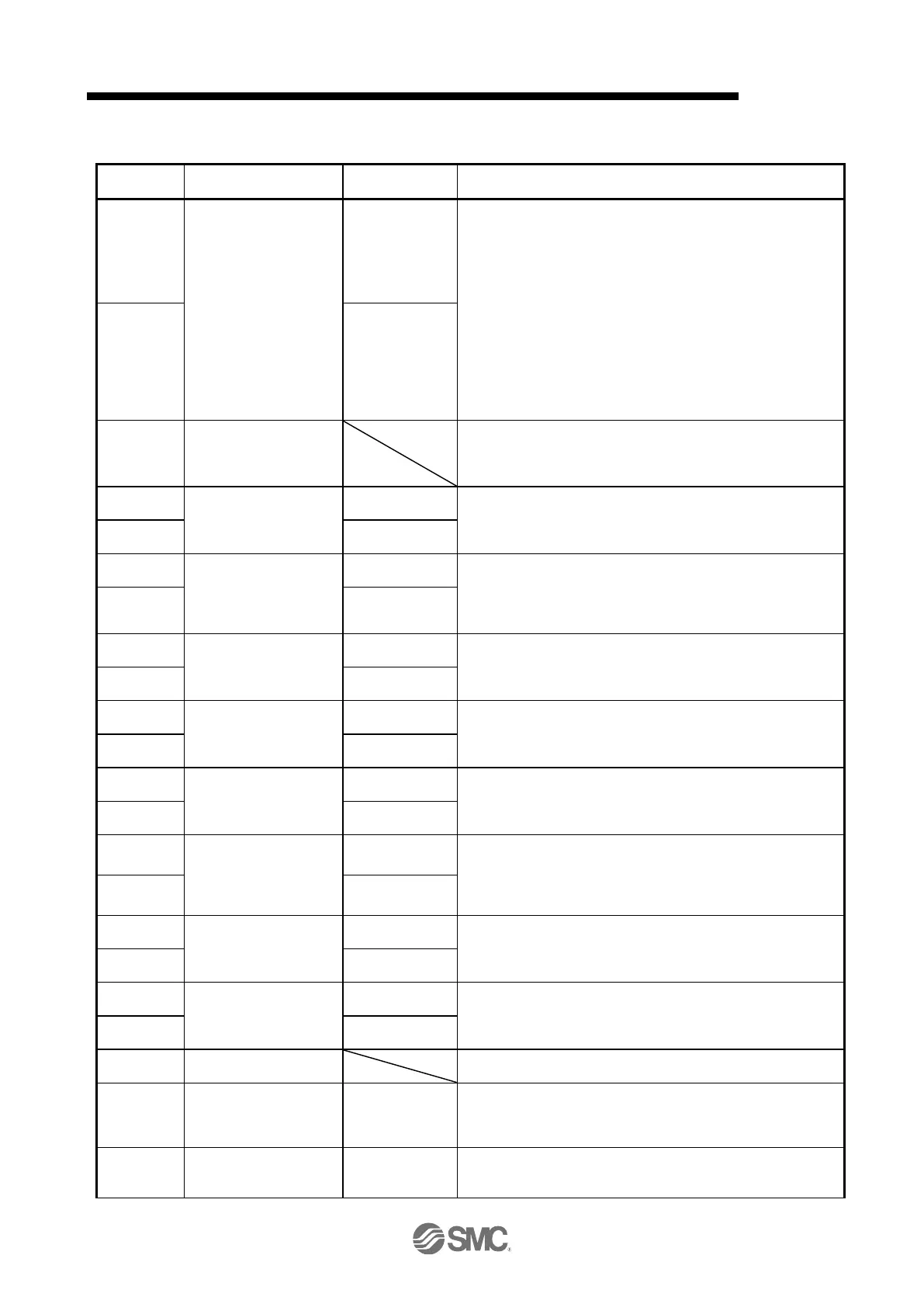